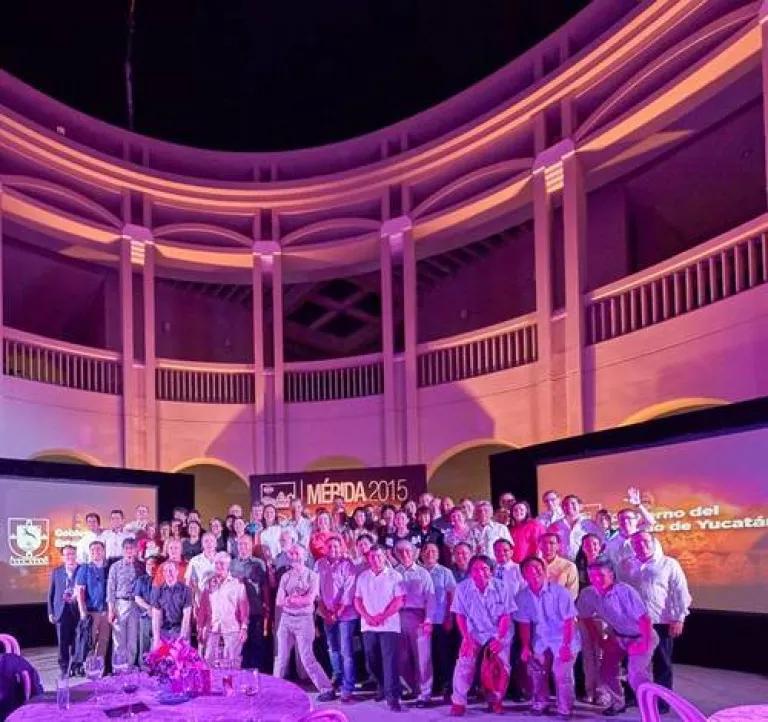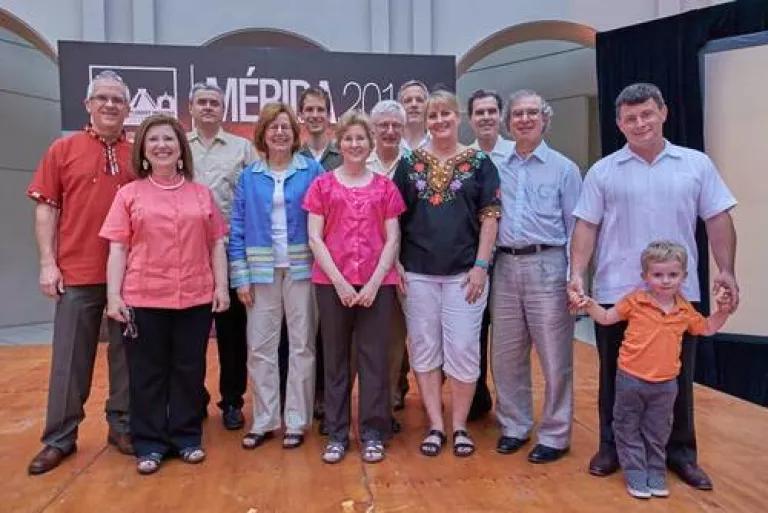Progress Toward an International Standard for Evaluating Consumer Satisfaction with Utilities

A proposal to establish an international standard for consumer satisfaction with energy service providers, such as utilities, has moved one step closer to reality. Such a standard could lead to continual improvement in their effectiveness in providing clean energy. Clean energy, in turn, will lower customers' utility bills as well as their carbon footprints.
My last blog discussed the efforts of a Working Group of the International Organization for Standardization (ISO), a nonprofit group whose members are national standards-setting organizations. At the end of three days of meetings in Merida, Mexico, in June 2015, the working group of six countries agreed unanimously that the draft standard was in strong enough shape to be released for public review by the ISO members in over 100 countries.
The more than a dozen working group members participating in the meetings showed strong support for the basic concepts of promoting clean energy as well as the specific language, and the 30 or so countries represented in Mexico accepted the Working Group's plan to go forward with public review.
Merida, Mexico: looking toward the future
Photo ©David B. Goldstein 2015
The new proposed standard would establish strong guidelines for energy service suppliers, a category that includes all utilities, to help their customers implement energy efficiency and on-site renewable energy. It sets detailed criteria for evaluating: 1) the provider's efforts to assure their customers are informed about what actions they can take; 2) the provider's programs to help pay for or finance the efficiency measures (or solar panels); and 3) its ability to leverage or advocate complementary governmental programs.
Of course, it also establishes criteria for conventional service, such as transparent rate structures, fair prices, billing dispute resolution processes, etc.
The standard was originally envisioned as applying primarily to conventional utility services in developing countries, but the review draft provides value to the wide range of utilities and other public energy service providers throughout the world.
To accomplish all of these tasks, the standard runs to 40 pages and 17,000 words.
Long-term Impacts
The meeting also showed how the standard could have far-reaching impacts beyond guiding utilities to help their customers invest in clean energy. The country that is leading this international standards effort, South Korea, showed us how: simply by discussing the pre-publication draft, they have used its concepts to guide business model planning for a smarter grid that is better able to integrate intermittent renewable energy sources and to help utilities in looking at energy savings on a comparable basis to conventional supply.
The draft standard provided a consistent framework for helping Korean business and government leaders recognize how energy efficiency, renewable energy, and a more responsive grid fit into a comprehensive strategy for how utilities can evolve. It seems to be facilitating a transition in concept from a utility being a means of supplying dirty energy to customers--a concept with a dim future---and that of a utility helping its customers meet energy service needs by the cheapest and greenest ways possible.
I believe that the Korean response shows how even a voluntary standard can produce large-scale changes in the behavior of corporations and governments that improve environmental quality by reducing carbon pollution.
The ISO Technical Committee at the Centro Cultural Olimpo, Merida historic district


Photo ©David B. Goldstein 2015
The draft standard is under 60-day review by ISO members, the next step toward publication. If the comment responses go as planned, the Technical Committee will issue a Draft International Standard after the Working Group's September meeting that responds to these comments, and the final standard can be released in summer, 2016.
